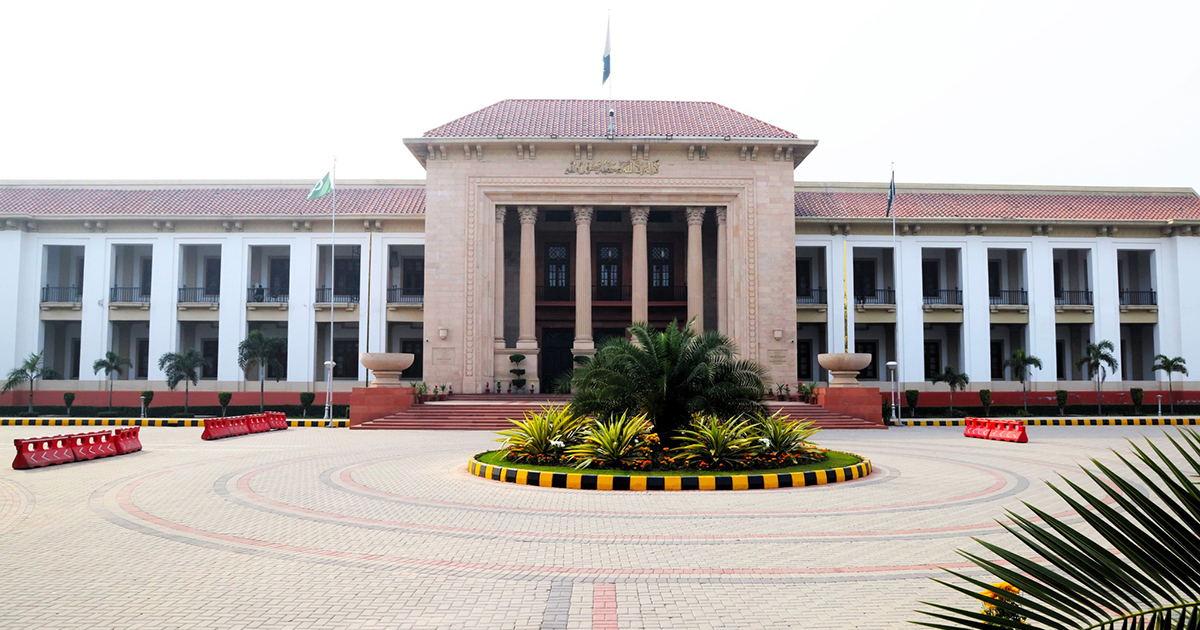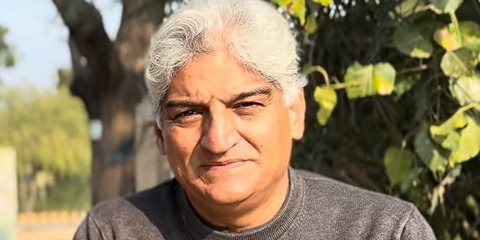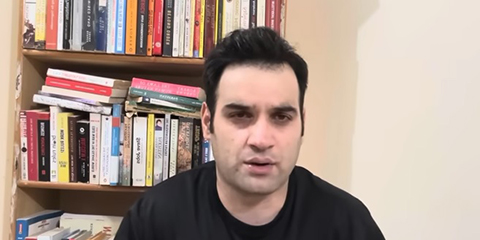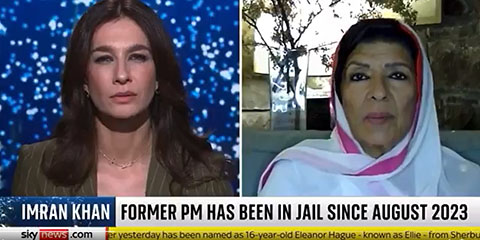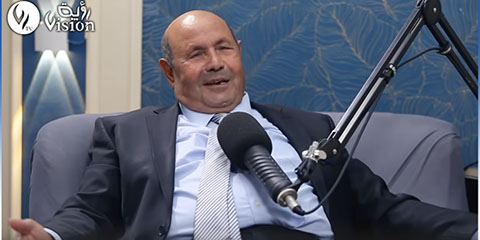Pakistani state silencing journalists online through legal victimization: FN
JournalismPakistan.com | Published 4 years ago
Join our WhatsApp channel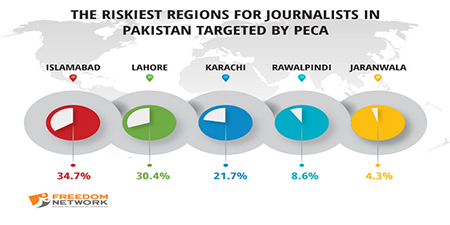
ISLAMABAD—A chilling pattern has emerged in the use of the criminal defamation section of Pakistan's anti-cybercrimes law, the Prevention of Electronic Crimes Act (PECA), which has been used frequently to charge journalists and information practitioners during the past three years in connection with their digital journalism and online expression.
New research reveals that cases were registered against 56 percent of the two dozen Pakistani journalists and information practitioners who had a brush with PECA between 2019 and 2021. Out of these individuals who were formally charged under PECA, around 70 percent were arrested. Just over half of the arrested were allegedly subjected to torture in custody.
These are among the findings of a new research study conducted by media rights watchdog Freedom Network titled "Criminalizing Online Dissent through Legal Victimization: Impunity against Journalists Prosecuted under the Prevention of Electronic Crimes Act (PECA)."
The report was launched on the eve of the annual International Day to End Impunity for Crimes against Journalists instituted by the United Nations and observed globally on November 2, including Pakistan.
The report's findings are based on the analysis of cases of 23 journalists and information practitioners who were either sent notices by the Federal Investigation Agency (FIA) under PECA or charged with offenses under the same law during 2019-21. The analysis was done on data provided by these 23 journalists and information practitioners through a special impunity measurement template based on the comprehensive Impunity Index developed by Freedom Network.
Iqbal Khattak, the executive director of Freedom Network, said Pakistani journalists are increasingly using online spaces to share independent news and critical commentary that are suppressed on traditional media.
"We have noticed a corresponding increase in efforts to control online expression, either legally or through coordinated digital campaigns against journalists," he said. "The report supplies evidence that PECA has emerged as the primary legal instrument to intimidate and silence Pakistani journalists in recent years because it criminalizes online expression."
Khattak added that it is unacceptable for democratic societies to criminalize dissent and enforce victimization through arrests and torture of journalists, which must stop forthwith and contribute to Pakistan's abysmally low ranking on the global freedom of expression index.
The Freedom Network 2021 Impunity Report provides insights into the challenges faced by journalists and information practitioners in Pakistan charged under PECA, the arbitrary exercise of power by the authorities, and the justice system's response.
Some of the most startling findings of the report are:
The riskiest regions for journalists in Pakistan targeted by PECA: Punjab is the most dangerous region for journalists when it comes to being targeted under PECA with 10 of the 23 cases reported there, followed by Islamabad with eight cases.
Threat actors against journalists under PECA: Two-thirds of the complainants invoking the PECA law against journalists are private citizens. Of the government departments initiating complaints against journalists, most respondents identified FIA as the initiator of complaints.
Nature of allegations against journalists pursued under PECA: Opinions or criticism of the military and the intelligence agencies is the most frequent complaint against journalists pursued under PECA. Criticism in general – whether against executive (both civilian and military) or the judiciary triggered the most complaints against journalists under PECA law. The prime nature of the complaint was alleged defamation.
Chaining dissent – Journalists arrested for cases under PECA and other laws: Nearly half of all journalists formally charged under PECA law and the provisions of other laws were arrested by law enforcement authorities. Two-thirds of the arrested journalists managed to secure bail after their arrest, but some had to spend time in custody ranging from a few days to some weeks.
Journalists tortured in detention: Over half of all journalists charged under PECA and arrested by law enforcement authorities alleged they were tortured in custody. Journalists under remand and those released shortly after arrest both complained of being tortured.
Categories of journalists most frequently targeted by PECA: Journalists working for formal media or freelancers are almost equally likely to be targeted under PECA. Over a third of the freelancers targeted under PECA operate their own YouTube channels.
Journalists targeted by medium under the PECA: Over half of the journalists targeted under PECA worked for digital media platforms.
The most coercive section of PECA against journalists: Section 20, which criminalizes online defamation and carries a three-year jail term and up to one million rupees in fines, is the most frequently invoked section of PECA against journalists with 11 out of the 23 respondents reporting they were charged for an offence under Section 20.
Called to account – Journalists appearing before FIA: Over 80 percent of the journalists summoned by FIA were compelled to appear before it to answer charges against them under PECA. Only one in every five journalists who received the summons ignored it.
Seeking justice – Journalists challenging FIA notices: Over half of the journalists served notices by FIA under PECA did not approach the courts to challenge them – and therefore are denied legal recourse to justice. Around a third of the journalists invoked the legal process to resist the FIA notices.
Relief – Outcome of the legal challenge by journalists: Over half of the journalists who mounted a legal challenge to FIA notices got relief from the courts, which suspended the notices.
Procedural tyranny – Outcome of inquiries against journalists: Only about a third of the complaints registered against journalists pursued under PECA resulted in inquiries completed in due time. Most inquiries dragged on and remain incomplete. For almost all journalists against whom inquiries were completed, legal cases were registered and prompt arrests made.
Criminalizing dissent – Registration of cases against journalists: Criminal cases were registered against nearly two-thirds of all journalists pursued under PECA. There seems to be an arbitrary exercise of the jurisdiction by FIA to register cases irrespective of whether inquiries against journalists are completed or not completed.
Expanding coercion – Invoking laws other than PECA against journalists: For nearly all journalists charged under PECA, clauses, and sections from additional laws were also invoked against them. A wide variety of Pakistan Penal Code sections were used against these journalists, with one of the most frequent being Section 500, which deals with punishment for defamation.
Actions demanded by complainants against journalists: Most complainants against journalists charged under PECA sought punishment rather than settlement. Around 40 percent of the complainants against journalists charged under PECA sought written and published apologies.



